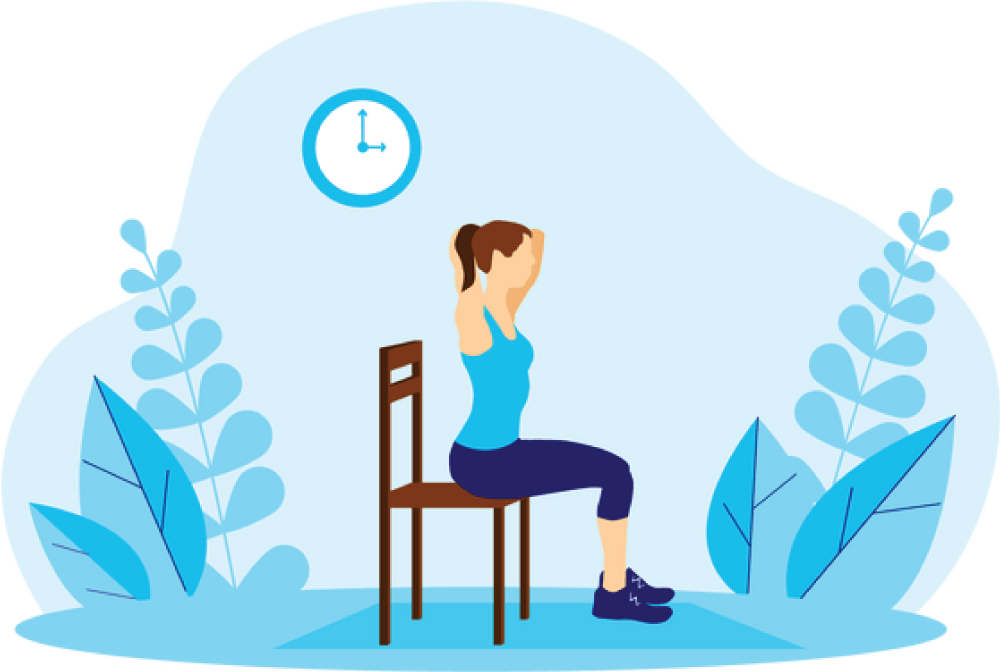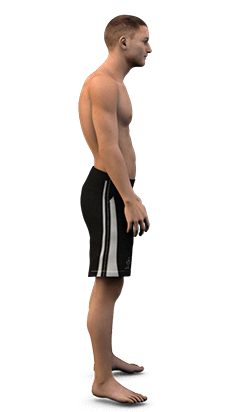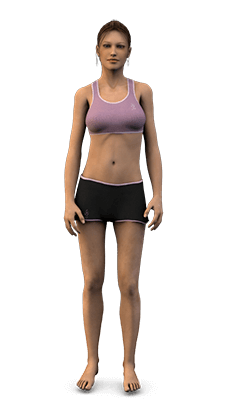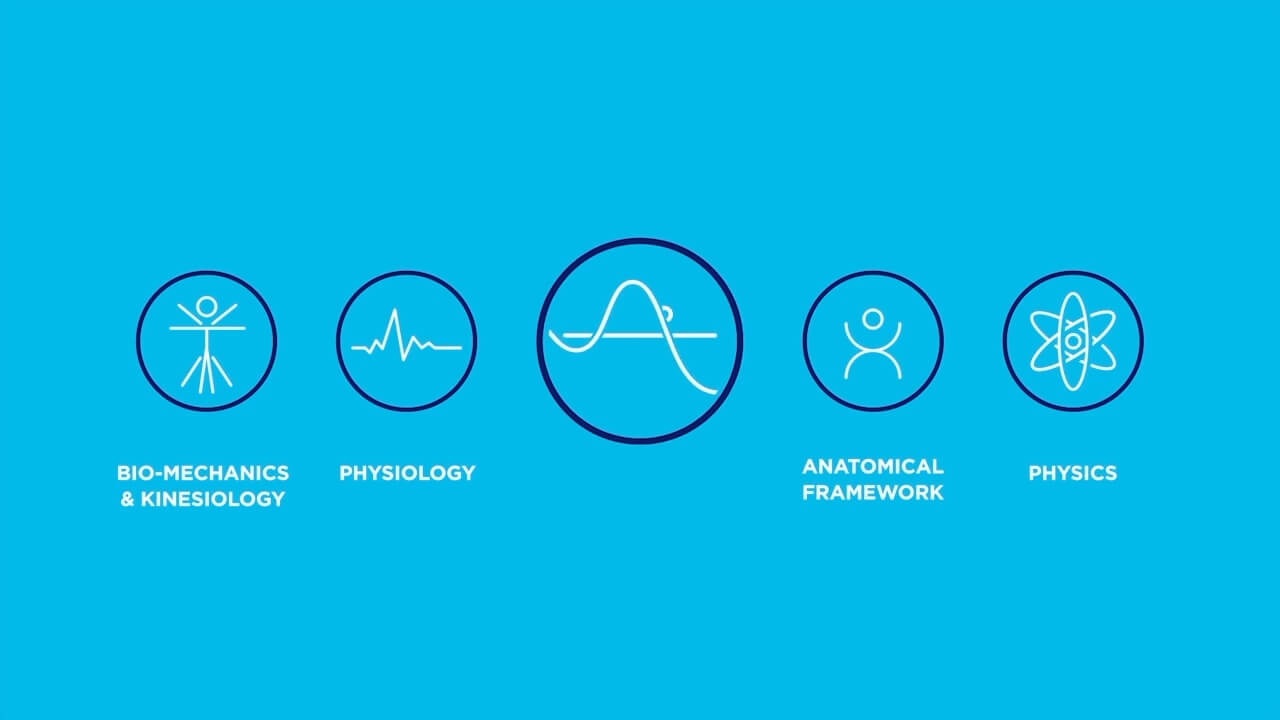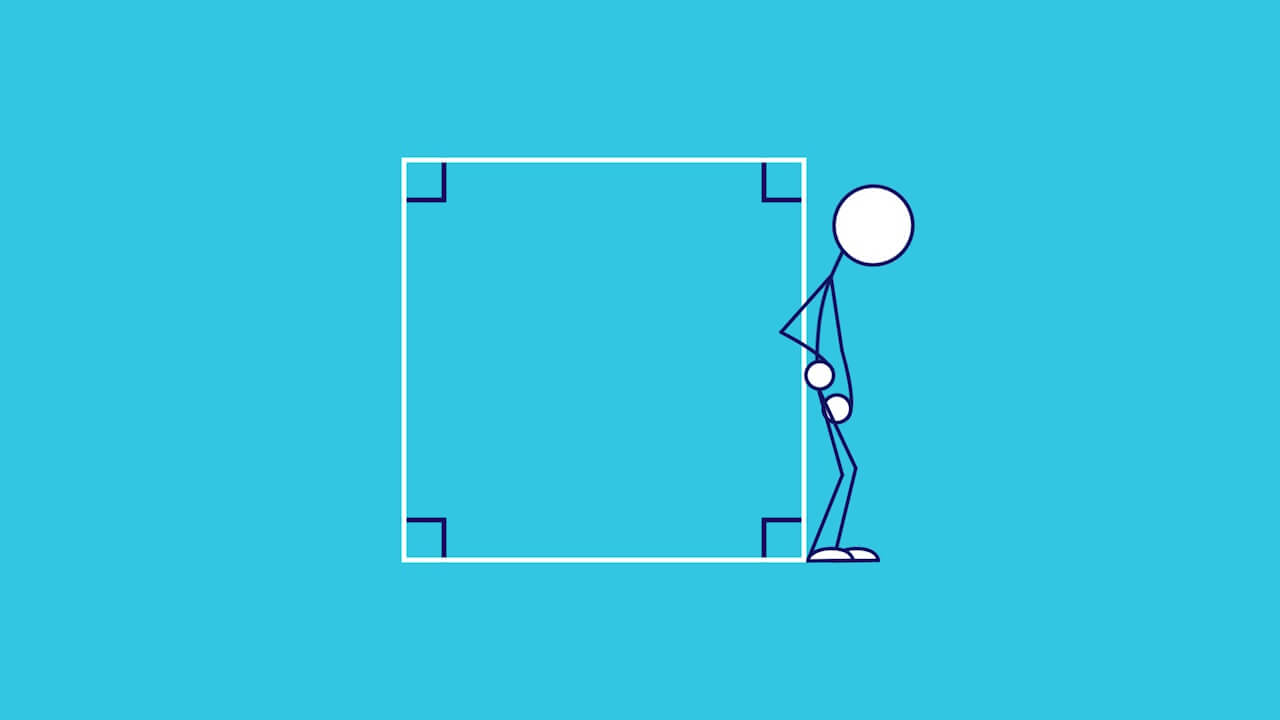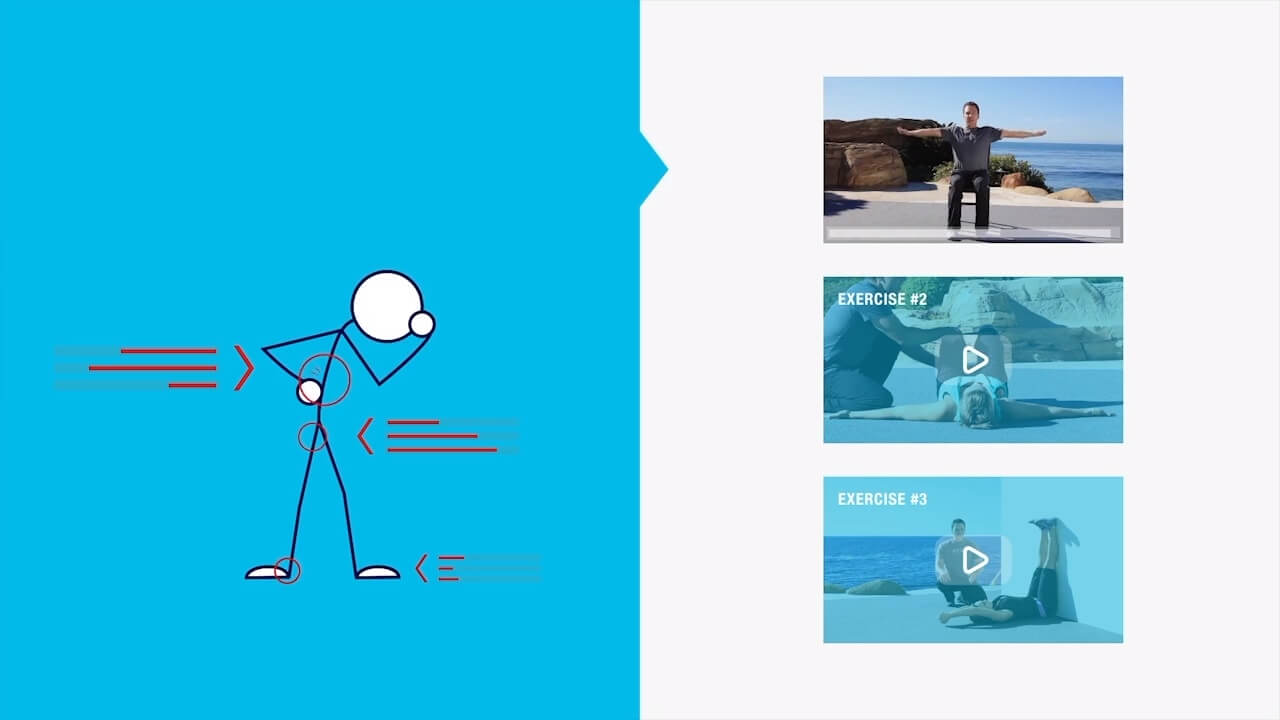- The PTX Difference
The Science Behind PTX
Learn more about the science of posture therapy.
PTX AI SystemTake a look at the advanced AI technology powering PTX.
PTX vs Traditional Physical TherapyView a detailed comparison between PTX and traditional physical therapy.
The Human BlueprintGet educated on the proper balance of the human body.
- Where’s Your Pain?
- For Businesses
Employers
See how impactful our affordable and easy to deploy MSK benefit can be for your employees.
Healthcare ProvidersLearn how a referral to PTX instead of traditional providers can help your patient feel better faster.
TPAs/Health PlansExpand your portfolio of healthcare offerings with a cost effective digital MSK care solution.
Wellness/Fitness InfluencersSpread your knowledge of the benefits of posture therapy with your clients and followers.
- Pricing
- About PTX
Success Stories
Witness the impact PTX has made on the lives of some of our patients.
Contact UsGot a question? Get in touch with the team at PTX.
BlogRead insights on how good posture affects your health.
VideosGet educated on all things PTX by viewing our informative videos.
- The PTX Difference
The Science Behind PTX
Learn more about the science of posture therapy.
PTX AI SystemTake a look at the advanced AI technology powering PTX.
PTX vs Traditional Physical TherapyView a detailed comparison between PTX and traditional physical therapy.
The Human BlueprintGet educated on the proper balance of the human body.
- Where’s Your Pain?
- For Businesses
Employers
See how impactful our affordable and easy to deploy MSK benefit can be for your employees.
Healthcare ProvidersLearn how a referral to PTX instead of traditional providers can help your patient feel better faster.
TPAs/Health PlansExpand your portfolio of healthcare offerings with a cost effective digital MSK care solution.
Wellness/Fitness InfluencersSpread your knowledge of the benefits of posture therapy with your clients and followers.
- Pricing
- About PTX
Success Stories
Witness the impact PTX has made on the lives of some of our patients.
Contact UsGot a question? Get in touch with the team at PTX.
BlogRead insights on how good posture affects your health.
VideosGet educated on all things PTX by viewing our informative videos.







